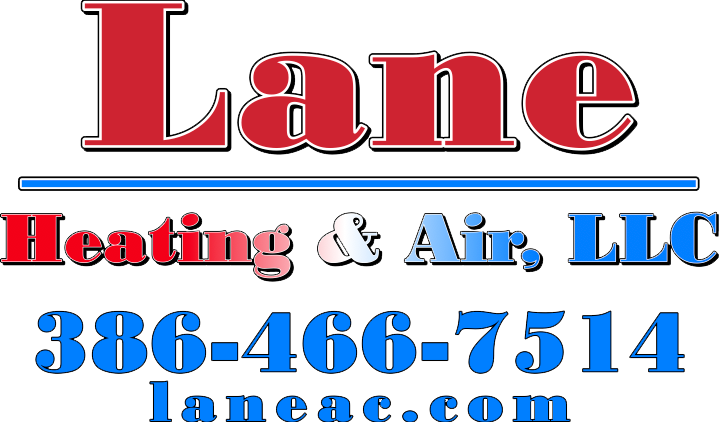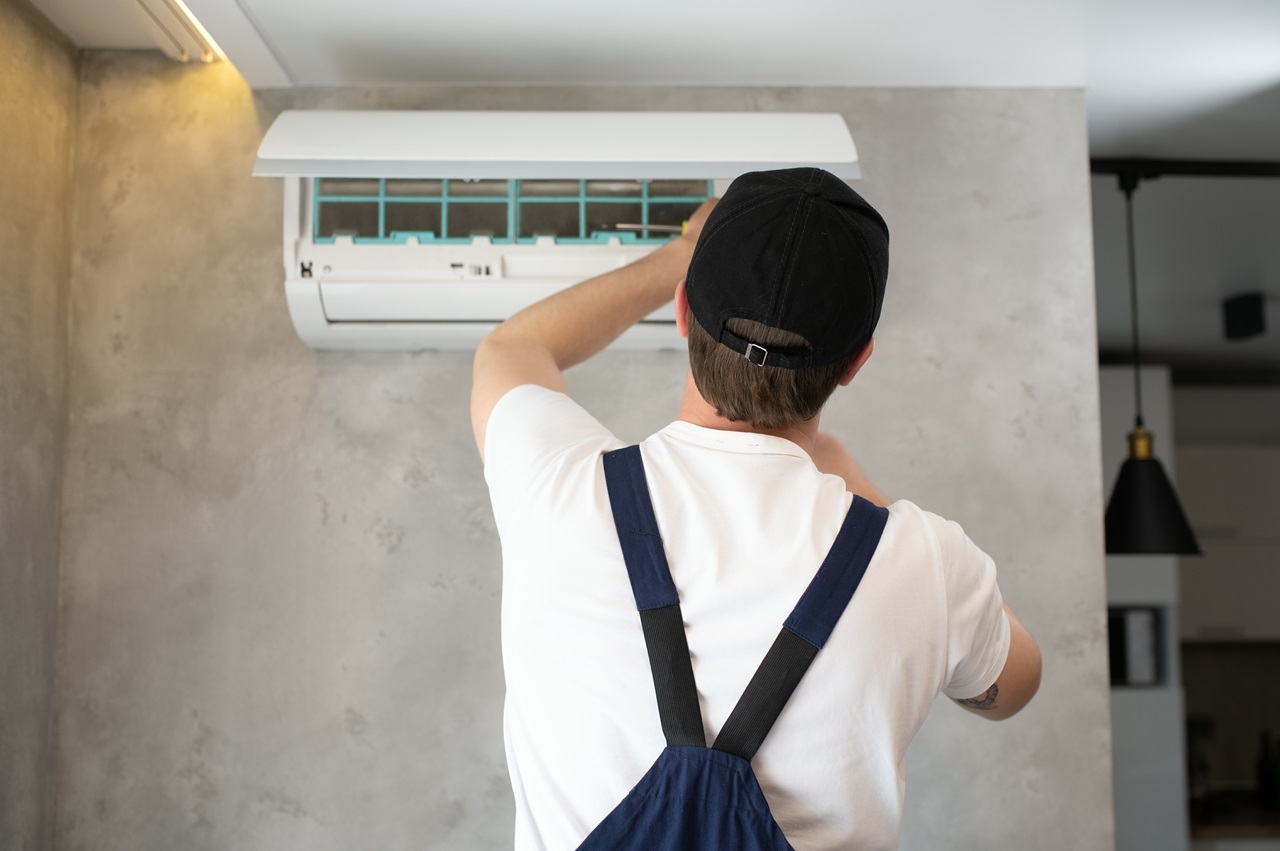As commercial building owners or facility managers, we often face the critical decision of whether to repair or replace our air conditioning systems. This decision can significantly affect not only the comfort within the building but also the long-term financial outlay and energy efficiency of the property. Air conditioners play a pivotal role in providing a comfortable work environment and maintaining air quality, which directly impacts productivity and operational efficiencies.
Understanding when to opt for a replacement rather than continued repairs is crucial. An outdated or frequently malfunctioning AC system can lead to increased energy costs, interrupted business operations due to downtime, and escalating repair costs that might soon surpass the price of a new system.
Moreover, newer models of air conditioners offer improved energy efficiency, better environmental compliance, and can come equipped with smart features that allow greater control over indoor climates and energy consumption. Replacing an inefficient system with a modern, energy-efficient model can not only improve comfort but also offer significant long-term cost savings. Read on as we set the stage to delve deeper into how to recognize the signs of an inefficient air conditioner, evaluate cost considerations, choose the right system for your commercial building, and successfully implement a new AC system.
Identifying Signs of an Inefficient Air Conditioner
Recognizing the symptoms of an inefficient air conditioner is essential for us as we manage commercial properties. Several signs may indicate it’s time to consider a replacement. Firstly, an increase in energy bills compared to previous years can suggest that the AC system is working harder than it should to provide the same level of cooling, which is a clear sign of decreased efficiency. Additionally, if the system requires frequent repairs, this can also be a red flag. Incremental repair costs might seem manageable, but they often add up, making replacement a more economically sensible decision in the long run.
Another significant indicator is inconsistent temperatures throughout the building. If some rooms or zones are too cold while others remain too warm despite having one controlling system, this might indicate that the air conditioner’s capacity to distribute air evenly has decreased. Lastly, if the AC system is more than ten years old, it has likely reached the end of its efficient operational lifecycle. Modern air conditioners have improved energy ratings and technologies that enhance cooling efficiency and environmental friendliness.
Cost Considerations: Repair vs. Replacement
When facing the decision between repairing and replacing an air conditioner, we must carefully consider the associated costs and benefits. Repairing an older system might initially seem cost-effective, but the savings can be deceptive. Older systems generally consume more energy, and even with repairs, they may never return to their original efficiency levels, leading to higher operational costs. On the other hand, a new AC system, while requiring a higher upfront investment, can offer substantial long-term savings through lower energy use and reduced maintenance requirements.
To make an informed decision, we first evaluate the current system’s repair history. Multiple repairs over the last few years can be a strong indication that it’s more economical to replace the unit. Additionally, we consider the total costs of future repairs projected for the old system compared to the investment in a new one, including the potential energy savings and subsidies or tax benefits available for energy-efficient unit installations.
Choosing the right time for replacement rather than more repairs can save our commercial properties not just money but also improve reliability and comfort for everyone in the building. Deciding to install a new AC system involves analyzing cost-efficiency ratios and balancing short-term financial impacts against long-term benefits. This approach ensures our decisions are financially sound and aligned with our commitment to operational excellence and environmental stewardship.
Implementing Your New Commercial AC System: Steps and Tips
Once the decision to install a new commercial AC system is made, the process of implementation begins. This phase is critical and requires careful planning to ensure that the installation is successful and the system operates at its peak efficiency from day one. Our professionals guide clients through each step, beginning with selecting the right size and type of system for the specific needs of their facility. It is crucial to choose a unit that matches the unique demands of your space, as an improperly sized system can lead to inefficiency and overwork.
The installation process involves several steps, including removing the old unit, preparing the site for the new system, installing ductwork if necessary, and setting up the new unit. Our technicians ensure that every component, from thermostats to vents, is correctly configured to optimize the system’s performance. We also provide a thorough testing phase post-installation to guarantee everything operates as it should.
Conclusion
Whether you are maintaining an existing system or integrating a new one, understanding the signs of inefficiency, evaluating the cost implications of repair versus replacement, and following through with a meticulously planned installation are crucial steps. At Lane Heating And Air, we are dedicated to providing our clients with the expertise and support needed to manage these processes seamlessly. If you’re facing decisions about your commercial AC system or anticipate needing guidance for your AC replacement in Lake City, FL, reach out to us today for professional and reliable assistance.


